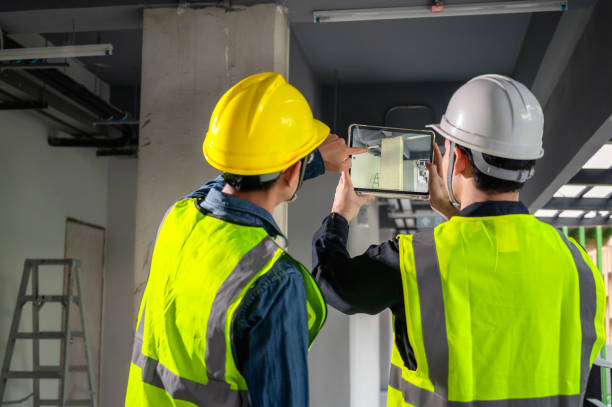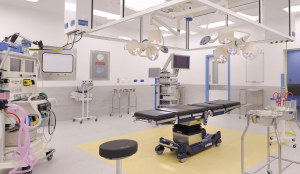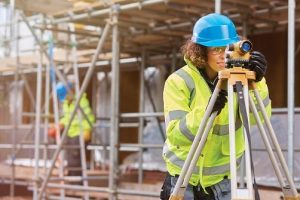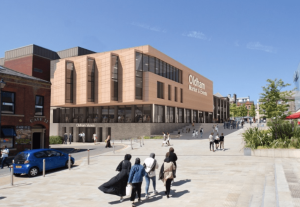In July 2022, global temperatures had risen, but especially in Great Britain, they soared to a staggering 40C, reaching a record-breaking high and causing the Met Office to issue the first-ever red weather warning for heat waves across the country. A first-of-its-kind Level 4 Heat-Health Alert was issued by the UK Health Security Agency as the extreme heat posed a serious risk to life, triggering wildfires, traffic chaos, and a rise in hospitalisations.
A statement made by the World Weather Attribution Service claims intense heat waves are now ten times more likely to occur due to greenhouse gas emissions produced by human activity and are a direct result of climate change. The construction sector is focusing on sustainability challenges due to the global warming crisis and the need to achieve net zero targets by 2050.
In this article, Key Account Manager Natalie Palframan, with support from AHR Architects, explores what role Digital Twin plays in overcoming these challenges and helping architects and construction companies work towards net-zero emissions by 2050.
What is a Digital Twin?
A digital twin is an output of a Building Information Modelling (BIM) process and is effectively a live version of the project or asset view. Whereas BIM is a process to generate and manage digital representations of the physical and functional characteristics of a building, Digital Twin is a digital version of physical assets, processes, and systems.
By using real-time data, the project is brought to life with the ability to evolve and transform instantaneously, ensuring it is always accurate and up-to-date for optimal emission reduction targets.
Using data from a series of connected sensors, a digital twin can shape and map out the journey of an asset all the way through its life cycle, from testing to use in the real world. With Internet of Things (IoT) data, specific indicators of a building’s health and performance, such as temperature and humidity, can be measured. This technology has elevated building design to a new level.
How are Digital Twins Supporting the Construction Industry to Overcome Challenges?
Construction represents one of the largest sectors in the UK economy, employing over 3.1 million people, equivalent to almost 10% of the workforce. However, it faces a number of different challenges, such as skilled labour shortages, Project KPIs (budget and timeline issues), poor productivity and profitability and sustainability challenges. Digital Twin technology can play a pivotal role in overcoming these challenges in the long term for climate action.
The ability to create a virtual replica of a potential or actual building and the processes, people, systems, and devices within the space means that a test environment can be set up to identify and eradicate any problems before construction starts and the building is operational.
This is a great way to eliminate costly mistakes and solve clash detection (where elements of your building occupy the same space and essentially ‘clash’ with each other). A Digital Twin uses predictive learning technology, a form of artificial intelligence, to identify failures before they occur and find solutions to improve operations and maintenance.
It can also be used to improve safety aspects of the design and the building’s efficiency and Environmental, Social, and Governance (ESG) ratings. This is important in ensuring the design meets regulatory requirements and sustainable development targets.
Smart estates that use Digital Twin technology can improve efficiency by optimising heating, ventilation, lighting, and access control. For example, it can identify which rooms in a university have been booked out by students so if a room is empty, the lights and heating can be turned off to reduce energy consumption and running costs.
Digital Twin – Designing a Sustainable Future
Digital Twin technology is a driving force in digital innovation. It allows designers and developers to test out creative ideas by utilising digital simulations, reducing the timeframe to produce viable designs and helping to keep the project timings on track for completion.
Digital Twin technology is cloud-based, making project information easily accessible and promoting collaboration among team members. This makes communication between the client and the project delivery team easier to manage.
It also provides every detail about the design and build, ensuring a positive user experience. For example, the smallest detail, such as the exact make and model of a lightbulb, is recorded so that if it needs replacing, the estate team can simply reorder what they need.
The technology offered by Digital Twins provides a revolutionary platform for architects and developers to create visual representations of the build, helping to monitor energy consumption, air quality, waste management, heating, water leakage, and the overall sustainability of the asset.
The UK Green Building Council claims that operational carbon emitted when a building is in use (heating, cooling, power) is estimated to account for 30% of the UK’s total carbon dioxide (CO2) emissions. Digital Twin technology is a giant leap forward in helping the construction industry and construction projects reduce carbon emissions in the built environment and realistically support and reaching net zero by 2050.
Procure Partnerships is a dedicated UK construction-specific framework dedicated to supporting public bodies achieve their strategic environmental and sustainability commitments and deliver meaningful social value objectives for long-term carbon-neutral emissions.
Lee McDougall, Geomatic Consultancy Director at AHR: “Digital Twins can bring a range of benefits to building owners and facilities teams. From improving safety to helping predict potential maintenance issues, sectors such as healthcare and higher education have long been using these systems to help manage and maintain their estates, and the housing sector should certainly consider the potential of what a digital twin can offer.
AHR has developed an expertise in creating Building Information Models both for new builds and (using point cloud data captured through highly accurate laser scanning) for existing buildings. The BIM can then be developed so that, rather than just containing static construction information, it also provides live feedback from the various components used in its makeup – effectively creating the basis for a Digital Twin”
Click Here To take a look at Procure Partnerships Framework Guides
Twitter
Linkedin
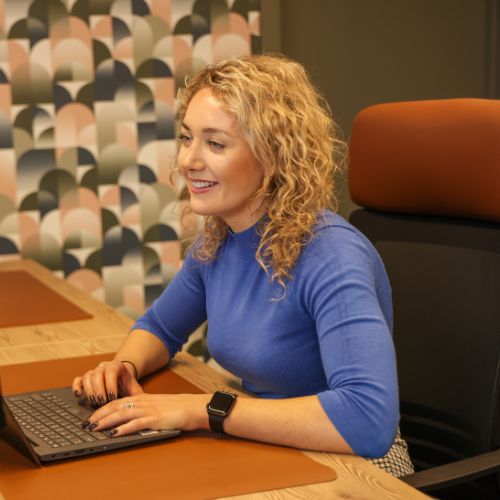
Natalie Palframan, the Key Account Manager for the North of England at PPF, boasts nearly a decade of invaluable experience within the construction industry. In her dynamic role, Natalie has spent three impactful years at PPF, where her passion lies in closely collaborating with public sector clients across the North, providing expert advice and guidance for their projects.
